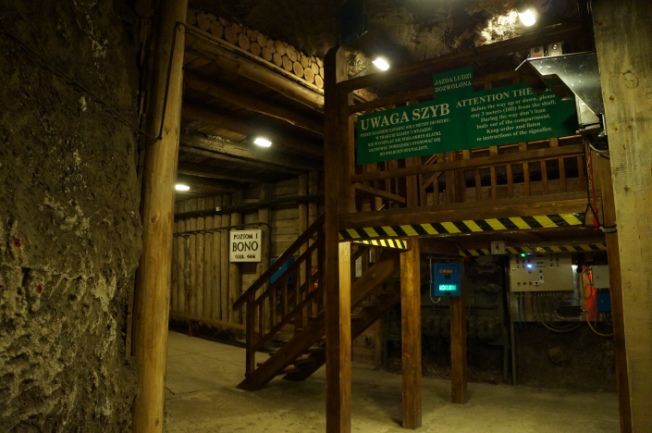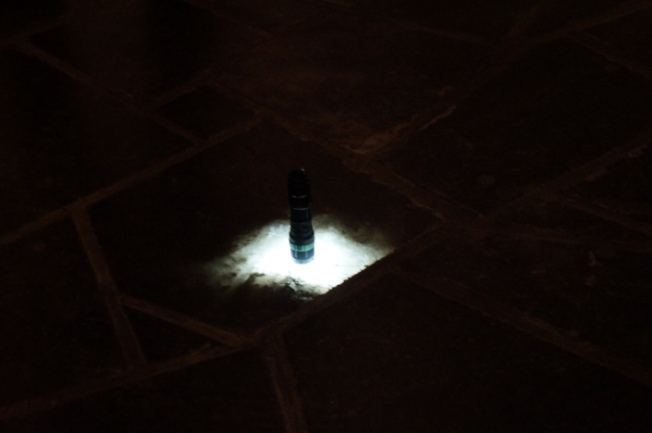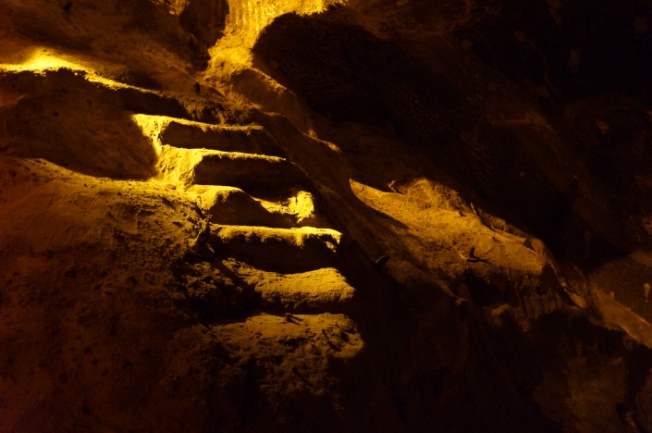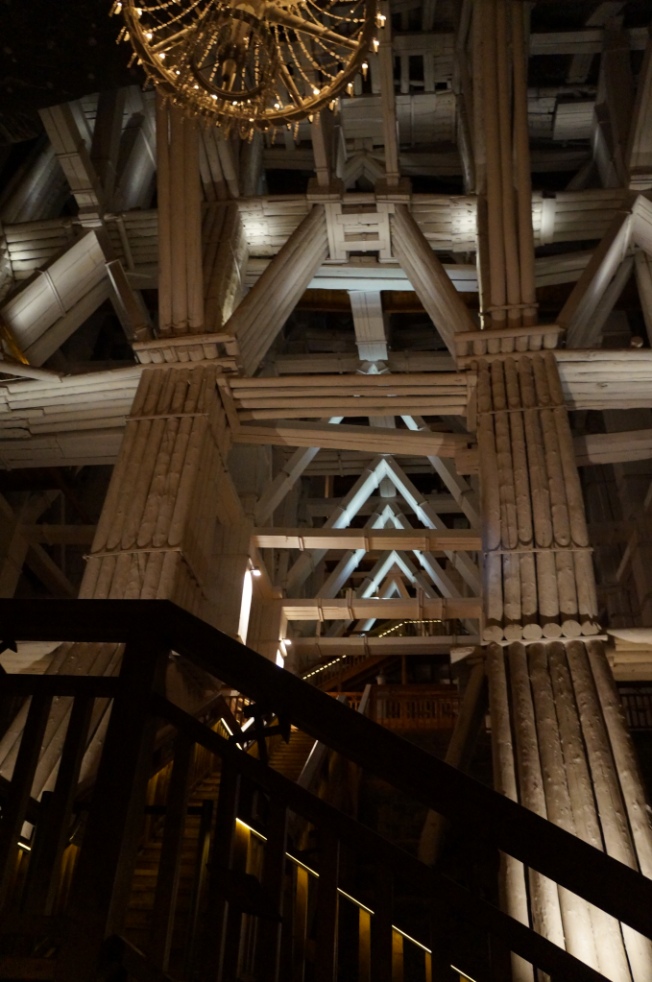On Day 3 of our Poland holiday, we bade farewell to Zakopane and took the bus back to Kraków (Polish pronunciation: “krakuf”), the historical capital of Poland from 1038 to 1569, and also the capital of Germany’s General Government during World War II. Kraków is Poland’s second largest city (after Warsaw, the current Polish capital). Kraków has traditionally been one of the leading centres of Polish academic, cultural, and artistic life and is one of Poland’s most important economic hubs.
We first strolled around the historical centre of Kraków, which consists of narrow cobblestone roads lined with Renaissance, Baroque and Gothic style buildings, reflecting the rich architecture of Kraków.




Subsequently, we walked to Wawel Castle, which is the most historically and culturally important site in Kraków. It is located at the edge of the Old Town, about a 20 min walk away.
Since Wawel Castle is located on a hill, the walk there inevitably involves some effort.


Many of the buildings in Wawel Castle are surprisingly modern-looking, complete with offices and all. These buildings were constructed in the 20th century, and contain museums, an archive, a conference hall, and some place for art conservators (*edited based on comment below*).
We signed up for the Wieliczka Salt Mine tour offered by Krakow Tours, through our hostel’s front desk the night before. The meeting point was at one of the bus stops just outside the tour office, in the afternoon. We then got onto a bus with a number of other tourists, followed by an hour’s drive to the salt mine.
There was a small building upon the site of the salt mine, and contained the entrance to the mine. We had two guides. One was the tour guide (a male) employed by the tour agency and he could speak English well. The other guide (a female) was a compulsory accompaniment as required by the management of the salt mine. They were trained to deal with emergencies and wore dark blue uniforms with gold buttons. We descended a long flight of stairs to enter the mine. The tour guide warned us beforehand that due to the narrow shaft in which the staircase was contained, some visitors might experience claustrophobia, and that we should alert him if we felt unwell the moment we entered the shaft. I wasn’t able to get a photograph of the shaft, unfortunately, as the staircase was very narrow and we had to keep moving in order to avoid blocking the passageway. I shall try to describe it as best as I can here.
The shaft was only as wide as 4 standard-sized elevators arranged together in a square. To my relief, it was brightly lit at regular intervals. A wooden staircase snaked its way down, leaving a small gap of rectangular empty space right in the middle of the shaft. Looking down into that space, I could see nothing except the edge of the staircase lining the space and which rapidly disappeared into the darkness. I took some comfort in the fact that the narrowness of the space meant that it was not possible for a human to fall over the railings and down into nothingness. We plodded down the narrow, winding staircase for what seemed like an eternity. There was a general light chatter among the tourists, with most of them expressing their surprise at the depth of the mine. Finally, the guide led us out into a corridor. The descent had taken us about 15 minutes. However, the stairway still continued its way down. Out of curiosity, I asked the guide how many floors there were in the mine in total. The guide told me in broken English (as she could only speak Polish) that we had alighted at the 30th floor beneath ground level, and that the stairway went down for at least 200 floors more. I was floored (pardon the pun), to speak the least!
Despite the depth, we had no problem with breathing, as the mine was well-ventilated. The guide led us through a corridor lined with wooden beams and pillars, to the entrance of the salt mine.


Ropes were hung at the ceiling of the corridor to aid in moving the blocks of salt. They are no longer in use, although a small section of the mine is still in operation.

After a few minutes of walking along the corridor, we emerged into a large cavity with grey, polished tiled flooring, The tour guide explained to us that everything in the mine was made out of salt, including the floor that we stood on. He then proceeded to switch off the lights in the hall and placed a lighted torch face down on the tiles. We could see the glow of the torch emanating through the surrounding floor, which wouldn’t have been possible if the tiles weren’t made out of salt.

The section of the salt mine that was opened for tourists was filled with numerous salt sculptures which were carved by the salt miners long ago.

Mining is and was a dangerous occupation. Below is a photo of the typical stairway that a miner had to rely upon when getting from place to place. A slip and fall on these steps could be deadly to the miner and his fellow miners.

Tourists were allowed to take photographs freely and there was no restrictions on flash photography. However, for one exclusive section of the mine, the dining hall, tourists had to pay 1 euro in order to be granted permission to take photos. Personally, I found this restriction ridiculously stupid, but whatever, I was a tourist after all. So I paid the money, albeit reluctantly.

The last section of the tour brought us to a large hall with an incredibly high ceiling supported by numerous wooden beams. I have forgotten the purpose of this room, however.

Finally, after being forced to enter a souvenir shop selling expensive ornamental and healthcare salt products, the tour guide brought us to the elevator, which would be our transport out of the mine (thank goodness that tourists aren’t required to climb the same staircase up!). The elevator was actually like a cage, and it brought us up to the surface in 3 minutes!
By the time we emerged from the mine, it was dark. The bus then drove us back to Kraków where we alighted at the same bus stop we boarded. It was time to find dinner to soothe our growling stomachs!
We had Polish dumplings for every meal in Poland, but this is the first decent photo I had taken so far. Polish dumplings are similar to Chinese dumplings in the concept, but not in the taste or ingredients. Here is a photo of the typical Polish dumpling made out of potato and bacon bits!

Polish dumplings are pretty tasty actually, but I’m biased and feel that they can’t really compare to the Chinese versions! (e.g. wanton, guo tie, xiaolongbao, the list goes on)
With that, we concluded our third day in Poland! The next post will be about our final day in Poland, where we made the grim visit to Auschwitz-Birkenau concentration and extermination camps.

2 Comments
Great description of the mine! I am from Kraków and like reading what tourists think of our attractions and your description is really among the best. As to the castle, some buildings are relatively new (20th century). The place is not used by city administration, there are museums, an archive, a conference hall, and some place for art conservators.
Thank you for your kind words and for the information on the castle! 🙂